An Easter weekend to discover Turin by electric car
Ready for a new electric tour? This time we decided to leave from Milan, from one of the many Be Charge columns (find here the most comfortable for you) heading to Turin, ready to spend a different Easter weekend than usual.
Day 1: Mole Antonelliana, Cinema Museum and Turin Cathedral
Leaving to avoid the usual traffic of the holidays, we arrive in Turin and leave the car near our hotel, precisely at the Be Charge column in Via Perrone 10. But don’t worry, many other charging points are scattered around the city. After a small snack we are ready to start our itinerary.
Located in northern Italy and capital of the Piedmont region, Turin is a city known all over the world for many reasons: it was the first Italian capital, it is the historic land of FIAT, excellent chocolate is produced but not only. The city is characterized by its beautiful architecture, industrial present and royal past. In the colder months, moreover, the entire city has breathtaking snow-capped peaks in the background.
Our hotel is located in the center, which is why we start our tour. Starting from Piazza Castello, following Via Po to Via Montebello, you will find the famous Mole Antonelliana, which houses the National Museum of Cinema. Generally to enter the museum there is a lot of queue, which is why we advise you to buy the Torino+Piemonte Card in advance or simply buy the tickets of your interest online.
The entrance to the National Cinema Museum begins with an exhibition entitled Archeologia del Cinema, which traces the history of photography and cinema, from shadow puppets to the special effects of the present day. The exhibits are very immersive, worth the time.
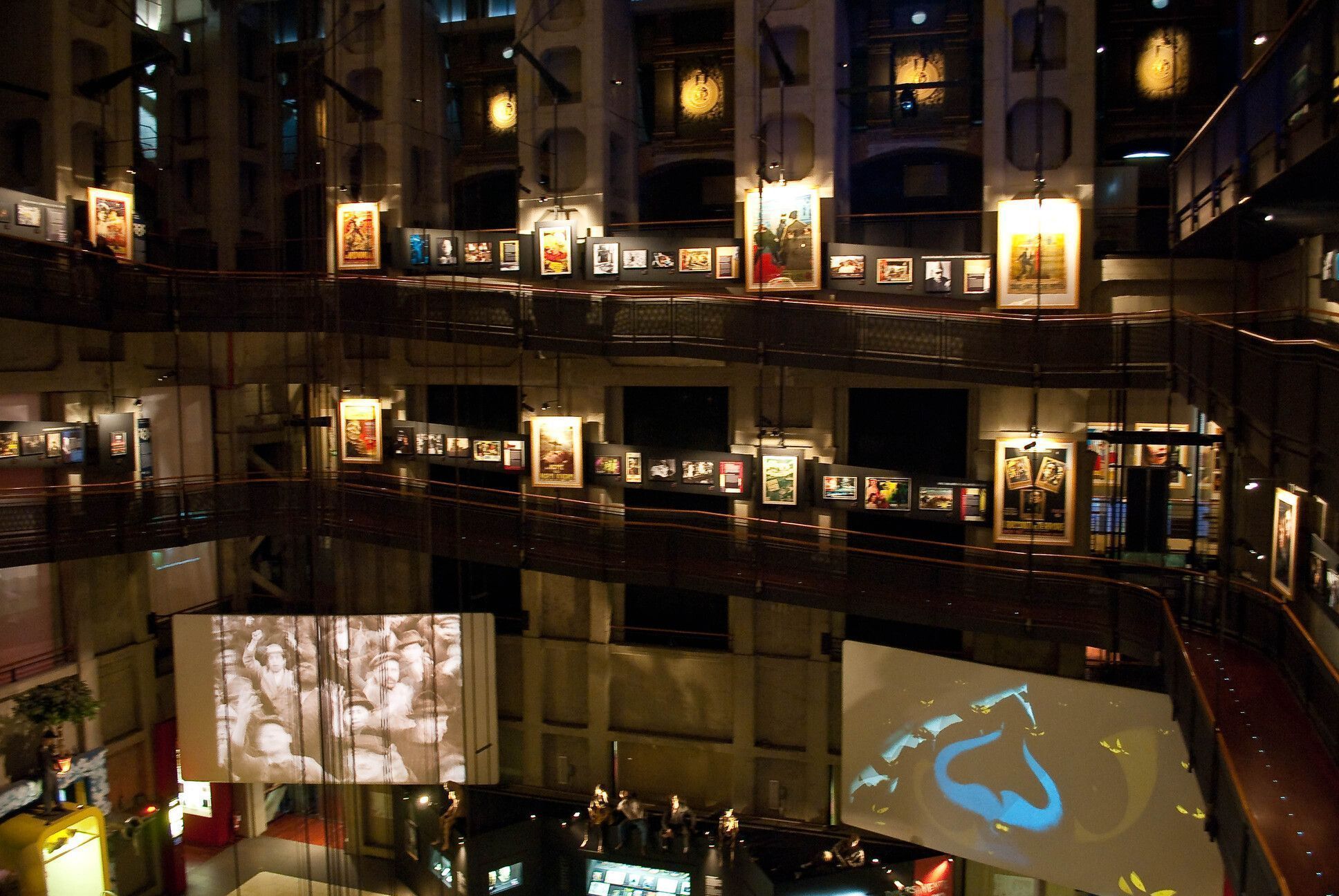
The best way to end the visit is to take a ride on the glass elevator that runs through the center of the Mole Antonelliana. Among the different towers in Italy, the panorama that can be enjoyed at the top of the Mole is certainly one of the best. Once you have to concentrate: if the day allows you can see the Basilica of Superga, a beautiful domed church on the hills to the north-east of the city.
When lunchtime arrives, you can decide whether to sit in one of the many restaurants in the surrounding area or opt for a bit of street food, delighting yourself for example with focaccia or farinate to buy in one of the many windows of Via Po.

With a full stomach, head west towards Via XX Settembre, one of the main streets that cross the historic center of Turin. Turn right and head towards Porta Palatina, a recently restored Roman gate (one of the best preserved in all of Europe) dating back to the first century. In front of the Porta Palatina is the Cathedral of Turin, a church that occupies a special place both in the history of Turin and in the Christian faith.
Although this small white church does not look particularly special from the outside, it is actually the permanent seat of the Shroud of Turin, a piece of linen canvas which, according to believers, is the authentic sheet in which Jesus was wrapped after his crucifixion and which supposedly retains its image in its fibers to this day.
The original Shroud of Turin is kept in a highly secure place, inside an airtight case behind bulletproof glass. Most of the time, visitors to Turin Cathedral can only see a replica of the Shroud. However, on some occasions the Church exposes the original shroud, sparking the enthusiasm of thousands of Christian faithful who flock from all over the world to see it.

After this religious immersion, we change the subject. The city of Turin is home to several shopping malls, often in historic places in the capital. One of these is the Supalpina Gallery, a few meters from Piazza Castello. Built in the 70s of the nineteenth century, the gallery suffered extensive damage during the Second World War but was rebuilt very recently.
Today it is still home to several historic cafes, antique shops, bookstores and a beautiful interior garden. If you like the theme, we recommend you also visit the Galleria San Federico. Tired at the end of the day we head to the hotel, not before having dinner: we opt for the Filiberti wine shop (we also recommend Tre Galli), not really cheap but to try if you are in the city.
Day 2: Egyptian Museum and Royal Palace
The day begins with a wonderful breakfast in one of the many pastry shops in the city center, heading towards another cultural pearl: the Egyptian museum, located in Piazza Carignano. With over 30,000 authentic artifacts imported from Egypt, this is considered the second best collection of Egyptian artifacts in the world (after the Egyptian Museum in Cairo).
The Egyptian Museum of Turin preserves some truly spectacular pieces, including the oldest known copy of the Book of the Dead, the complete Temple of Ellesyia (carved, in its entirety, right in the rock), the Golden Tomb of Kha and Merit, and the List of Kings of Turin or Royal Canon (the original list of egyptian kings best preserved and most complete).
The museum offers daily guided tours in both English and Italian, which will help you understand the meaning of the artifacts you are seeing. Alternatively, there are suggested autonomous routes. You’ll see the highlights in just an hour, though it’s worth budgeting for a full two-and-a-half hours for the more comprehensive self-guided tour option. The museum has free Wi-Fi and a bar, so you can take a break in the middle of your visit if you’re a bit tired!
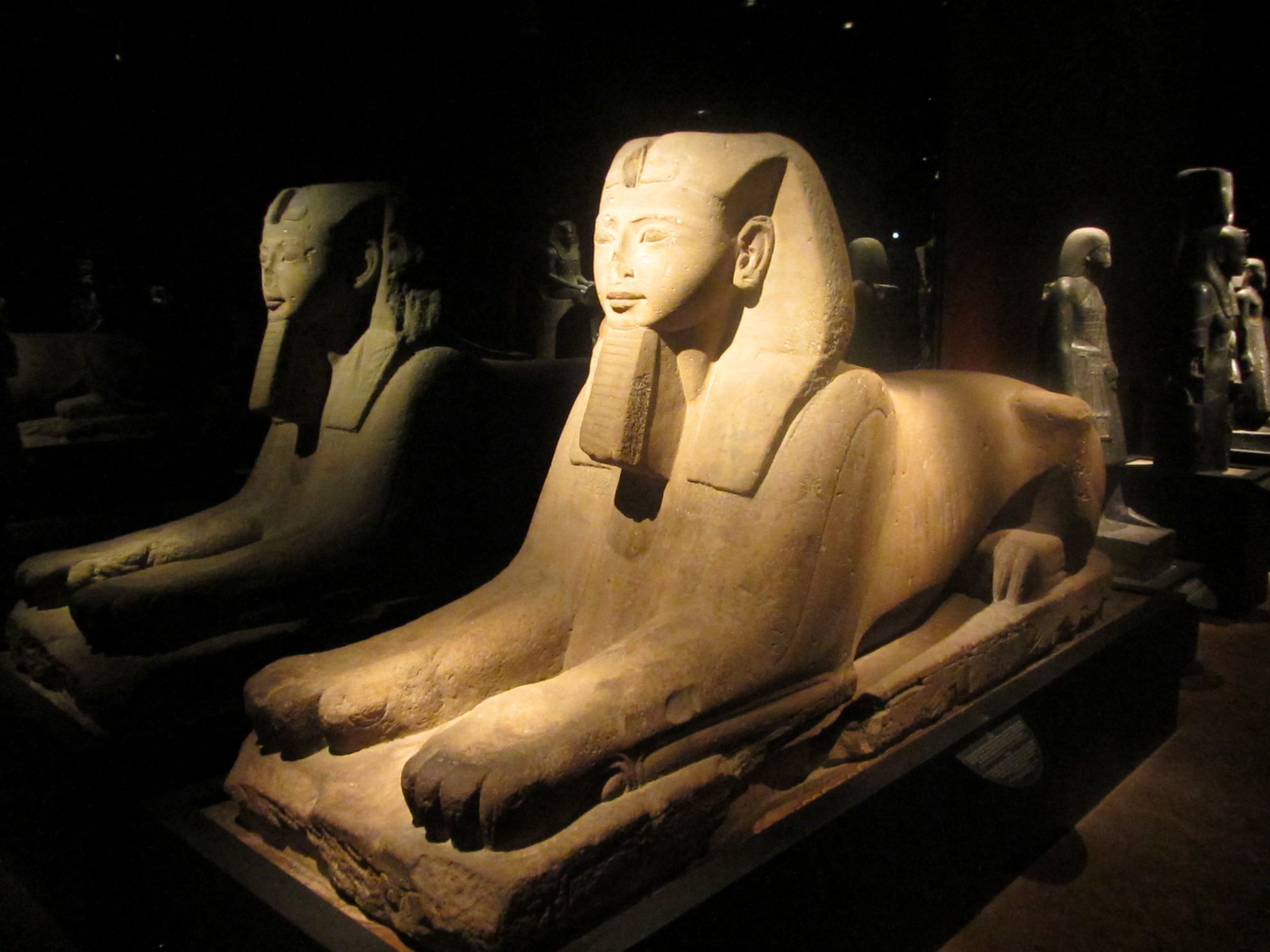
After lunch we head to Piazza Castello, to visit it better. The highlight of the square is the Royal Palace. With a sparkling white façade behind a green and gold decorative gate, the Royal Palace was the jewel of the Savoy dynasty. We decide to visit it: with the ticket you can enter the main palace, as well as many of the surrounding royal buildings (including the Royal Armoury, the art collection of the Savoy Gallery and the Museum of Antiquities).
The construction of the Royal Palace began at the end of the 1500s, and after more than a hundred years many interiors of the palace were finished. A tour through the Royal Palace will reveal opulent furnishings, beautiful frescoes, stunning sculptures, and an unparalleled glimpse into real life during the Savoy dynasty. Most visitors spend about two hours at the Royal Palace, plus any visits to its museums and galleries. You can also visit the Royal Gardens (behind the palace) for free, and, always without paying anything, you can enter the reading rooms.
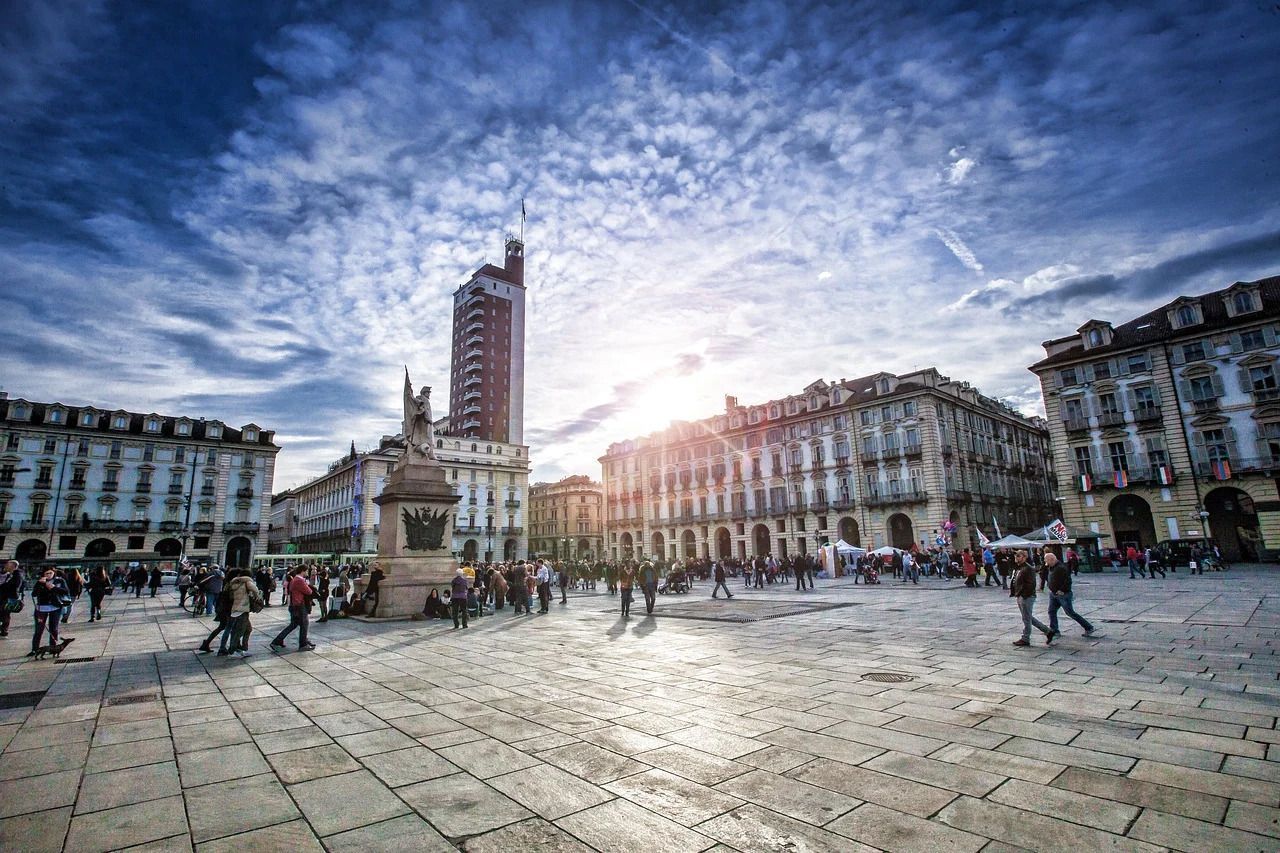
The day is coming to an end, we have dinner and return to the hotel, ready for the last day of our long weekend.
Day 3: Royal Palace of Venaria Reale and La Mandria Park
For the last day of our short stay we recover our electric car and head a few kilometers from Turin, to Venaria Reale, a small town that gives its name to the splendid Royal Palace present here. The Royal Palace of Venaria Reale is a Renaissance palace built for the Savoy.
The visit begins with an impressive gallery of portraits of the Savoy family, followed by a detailed exhibition on the history of the royal family. Climb the stairs, you will find the rooms of the palace. The rooms are really nice, with breathtaking artwork and sculptures.
Some of the original furniture and other items have been restored. It’s a big palace, and if you’re feeling lost, look for the number in each room and follow those numbers. After seeing the royal rooms, make your way to the palace’s highlight: the Galleria Grande. Thanks also to the advent of social networks, this is certainly one of the most photographed places in Italy, if not in the world.
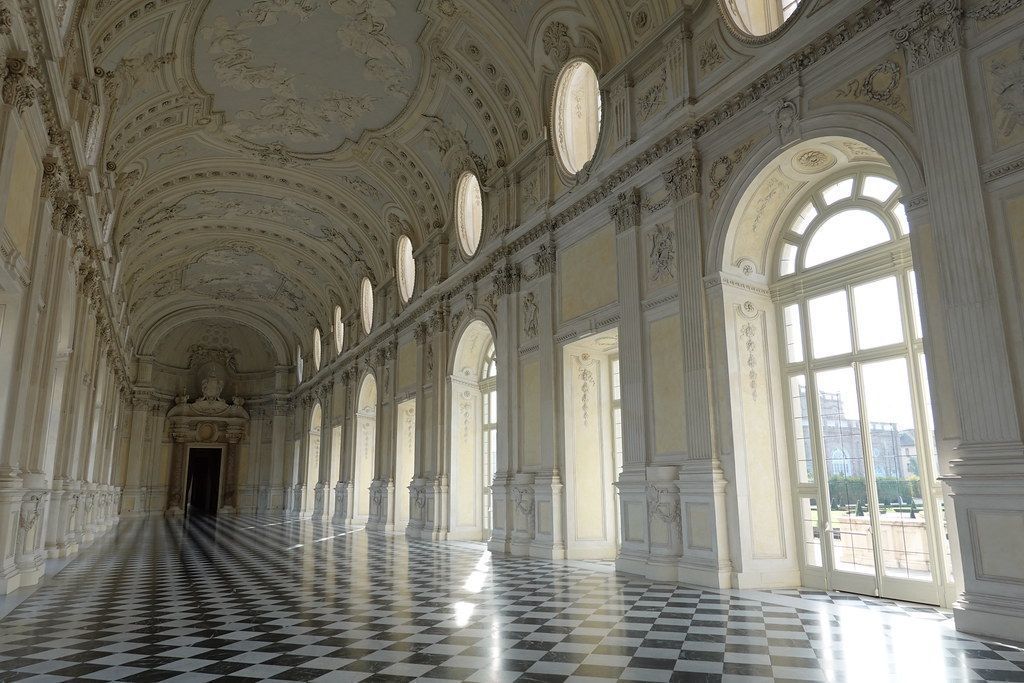
The tour continues with the café (it is part of the exhibition, being housed in some beautifully decorated rooms), the library and the stables. In the stables there is a huge hall: there are no horses of course, but it is dedicated to the means of transport of the royals, you will find carriages and other means. The end of the visit is in the vast Royal Gardens, truly incredible.
Before returning to Milan we have another stop, surrounded by nature: La Mandria Regional Park. We are talking about another former Savoy hunting reserve, which has become the second largest fenced park in Europe. You can rent a bike at the entrance, then pedal around the park’s red-brick castle, across the Ceronda River, and around the park’s many lakes. An incredible experience, especially if time permits.
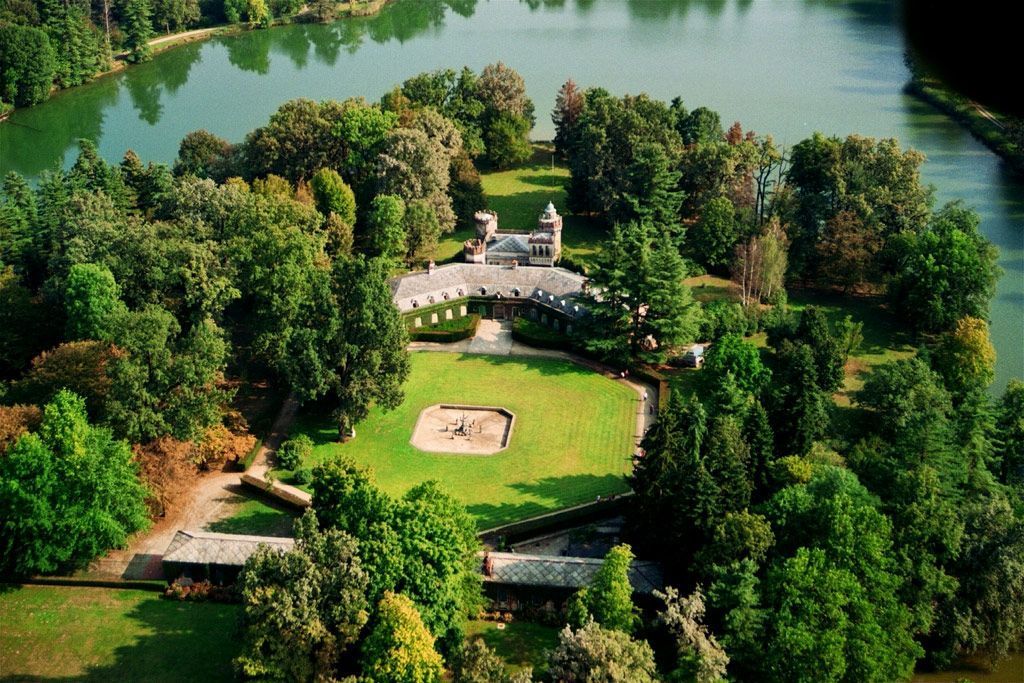
Happy and tired, we recover the electric car heading home. The stages that we could not make are many, in Turin and its surroundings – such as the Valentino Park, the city of Rivoli, the basilica of Superga or the Hunting Residences of Stupinigi – but we promised to return as soon as possible.









